
The cost to reseed a lawn can vary depending on the size of your yard and the condition of the soil. We’ll help you figure out the true cost of reseeding or overseeding your lawn, along with whether or not you should hire a professional.
Never miss a chance to improve your lawn's appearance and health


Like most things around the home, your lawn requires regular maintenance to look and feel its best. However, while timing can be important for some household maintenance tasks, maintaining a lawn maintenance schedule is crucial.
Part of creating a lawn maintenance schedule requires knowing your lawn and its needs. Local lawn-care treatment companies specialize in knowing what lawn-care tasks to perform throughout the year, so don’t hesitate to consult them for help.
When working with lawn fertilizer and other chemicals, take measures to prevent the products from contacting your skin and eyes. Be sure to wear protective gear like gloves and a dust mask to stay safe.
Knowing your lawn is essential when creating a lawn maintenance schedule that will be effective in your climate zone. While all lawn grasses require similar maintenance chores, warm- and cool-season grass maintenance varies by timing for the best results.
Start by determining your USDA hardiness zone. In general, if you live in a Northern U.S. state, your lawn will most likely have cool-season grasses, such as ryegrasses, fescues, or Kentucky bluegrass. Lawns in Southern states are more likely to feature warm-season grasses, like Bermuda grass, Zoysia, Bahia, St. Augustine, or others.
Transition zone states include Arkansas, Kentucky, Virginia, West Virginia, North Carolina, New Jersey, Oklahoma, and parts of several states that border with those ones and a few that stretch to the West Coast. In these areas, lawns may consist of warm or cool-season grasses and often contain a mix or blend of both types. Hire a local lawn treatment service to help you create a tailored lawn maintenance schedule and take some of the annual and seasonal tasks off your plate.
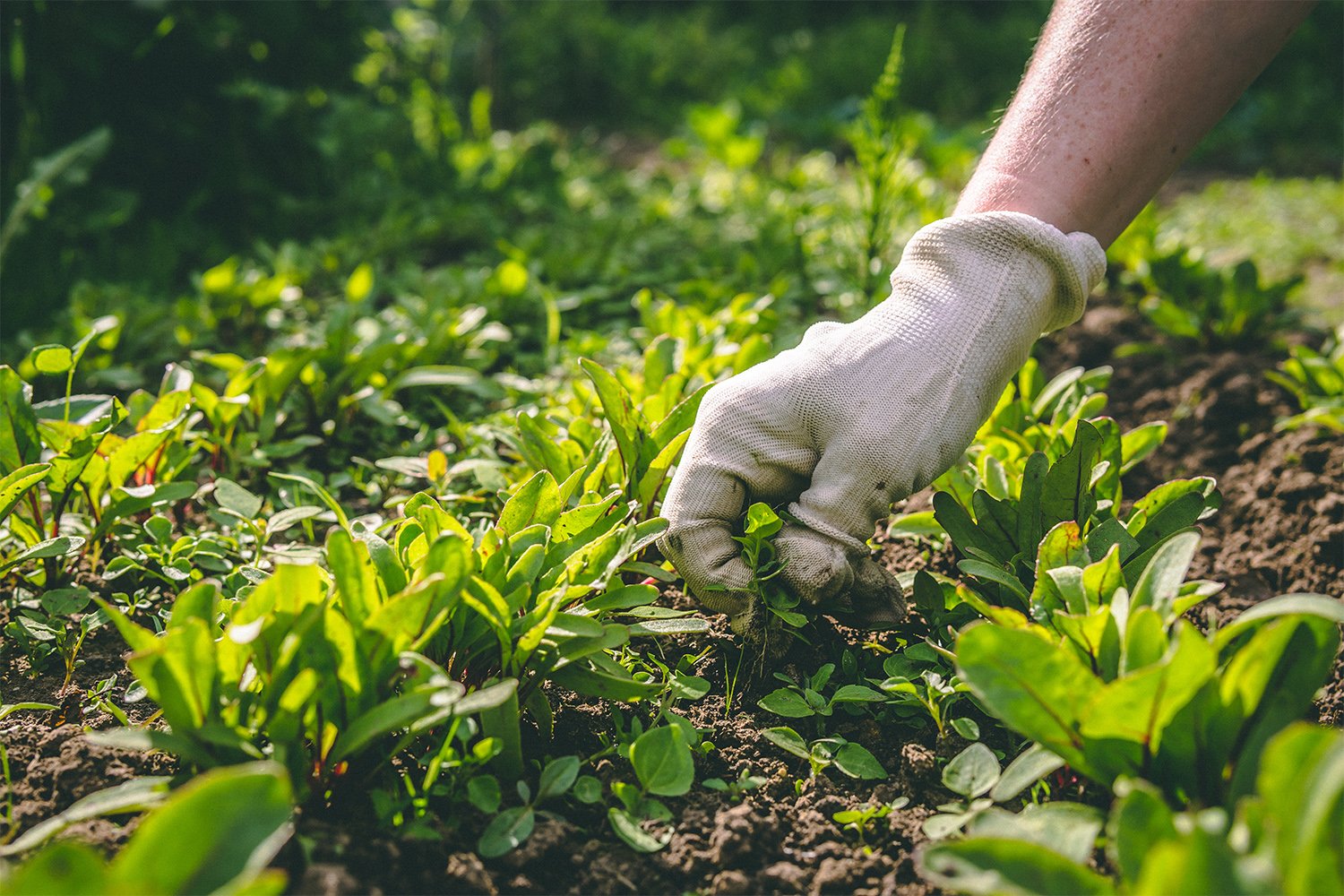
Without a doubt, springtime is the busiest time on any lawn-care calendar, regardless of your location. Spring lawn care tasks are essential for getting your lawn's growing season pointed in the right direction. After the last frost of the winter, it's time to get started.
Perform lawn mower and lawn-care tool maintenance: Tune up the lawn mower and gas-powered lawn equipment to ensure they're ready for the growing season.
Check the automatic watering system: After the last chance of frost, cycle the automatic sprinklers to ensure the system works and make any necessary repairs.
Dethatch: Dethatching the lawn early in the year is important for allowing fertilizer and other lawn treatments to reach the soil. Lightly dethatch the lawn early in spring, but leave some behind to help capture moisture.
Test the soil: Annual or biannual soil testing can help you better understand your lawn's needs. Test the pH to determine the balance of your soil.
Aerate the lawn: Aerating the lawn keeps your lawn's soil from becoming compacted, which can hinder the lawn's health.
Amend the soil: Using the results of your soil test, amend the lawn with lime, sulfur, or other additions to balance the lawn's pH.
Apply pre-emergent weed control: Start controlling weeds early before they have a chance to gain a foothold.
Fertilize: Late spring is typically the best time to feed your lawn for the first time each year. However, to know when to fertilize precisely, closely follow the manufacturer's instructions for your climate location and type of grass.
Control grubs: If your lawn suffers from grub infestations, take care of the problem early in the year for cool-season grasses by applying a grub control product.
Overseed bare spots: Overseed any bare spots in mid to late spring to keep your lawn looking full.
Mow high: Allow your grass to maintain a height of at least three inches throughout the spring, mowing only when necessary.
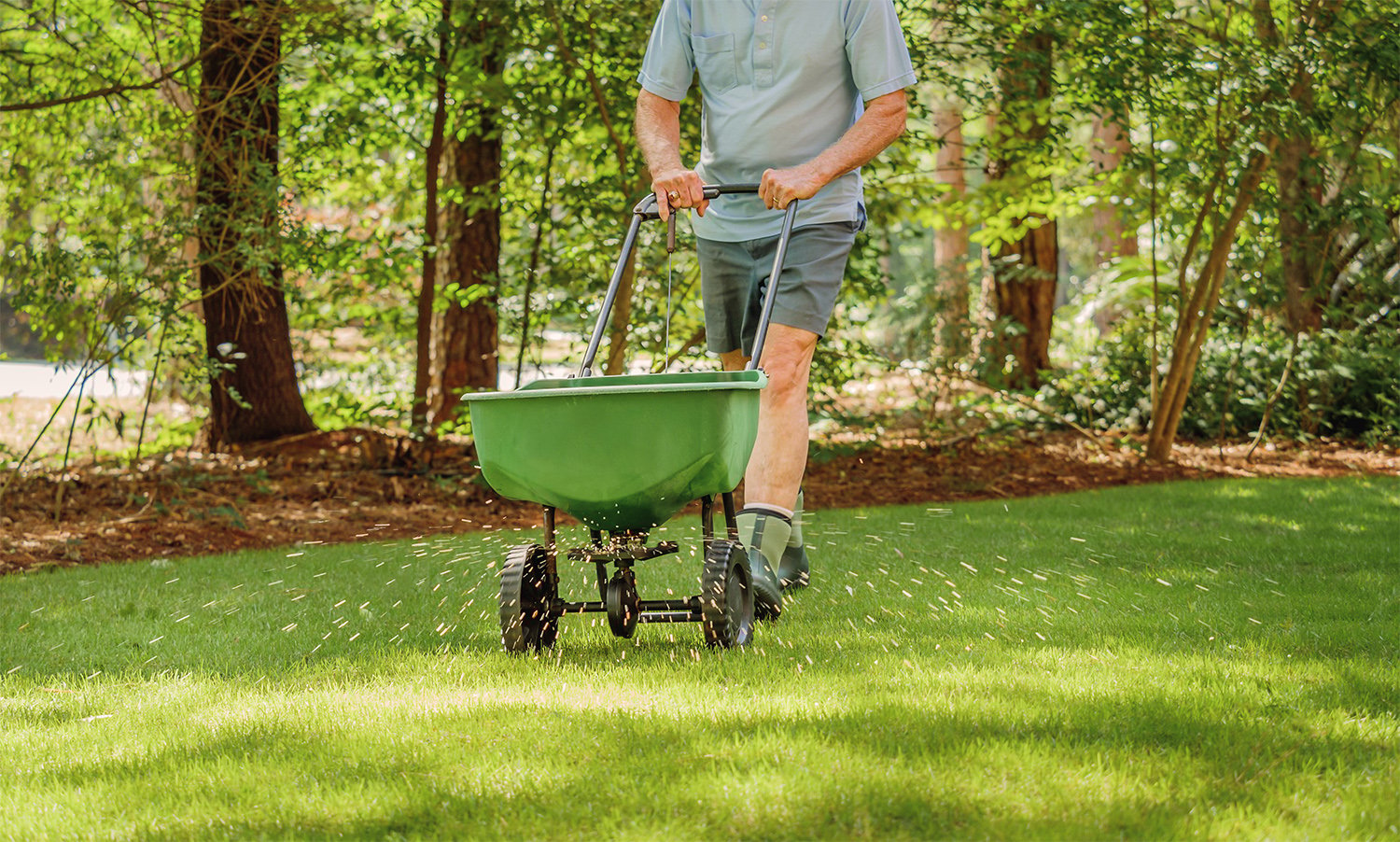
Summer is the primary grass-growing season, regardless of your region. Summertime lawn tasks closely resemble the day-to-day maintenance activities we typically associate with lawn care. Summer is a great time to let the grass do most of its own work.
Water regularly: Begin and maintain a lawn-watering schedule tailored to the type of grass in your lawn and your climate area.
Fertilize when necessary: While not all grasses require fertilizer during the active growing season, many types do. Fertilize during the summer based on your lawn's needs and the manufacturer's instructions for the lawn food you use.
Control grubs in warm-season grasses: For lawn owners with warm-season grasses, apply grub control slightly later than for cool-season grasses. Late spring or early summer is the best time for this task in Southern locations.
Control weeds: Whether you prefer to control weeds manually or by using a post-emergent weed killer, follow the manufacturer's instructions for your product to maintain weed control throughout the growing season.
Mow regularly: Mow your lawn regularly to maintain a height of around three inches for cool-season grasses and between two and 2½ inches for warm-season varieties.
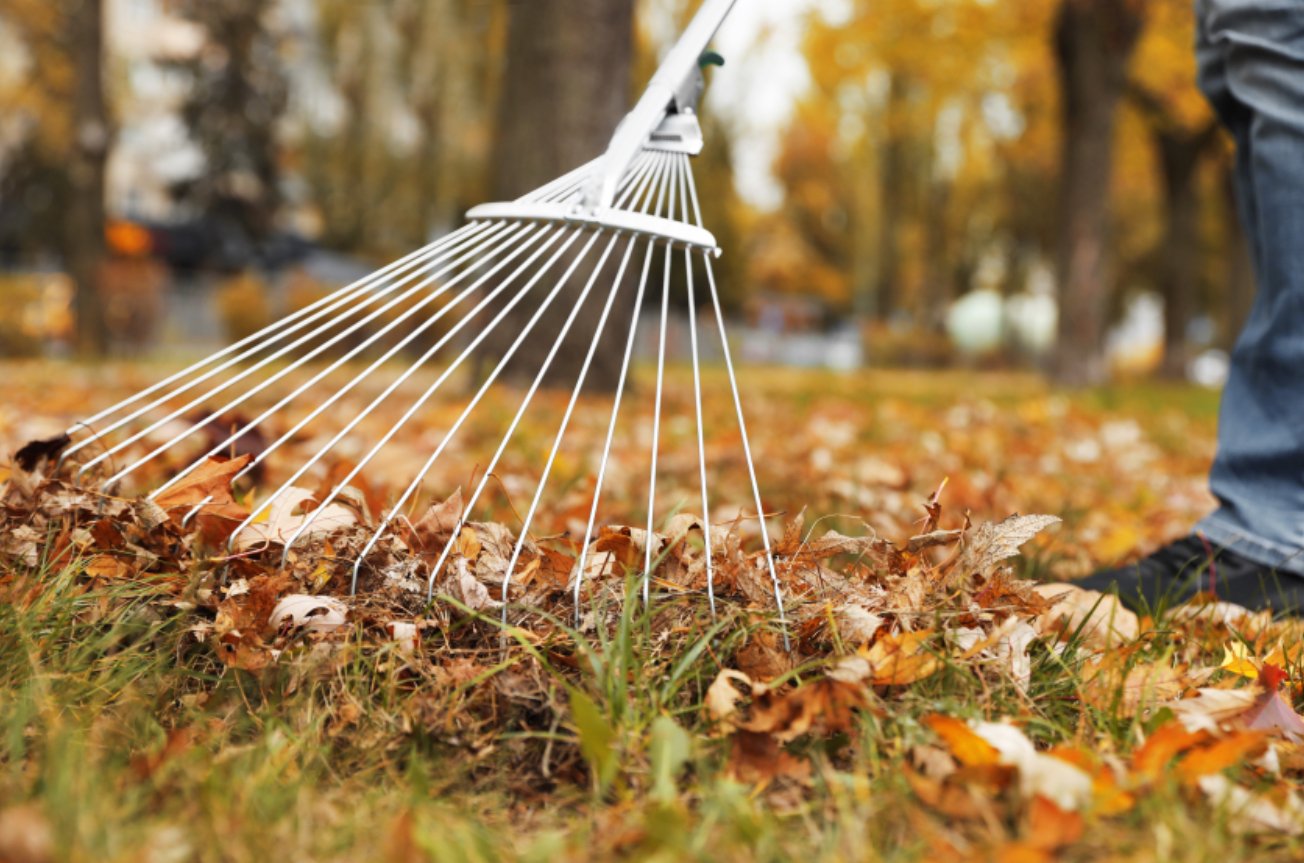
When the leaves begin to fall from the trees, there's still some yard work to do. Your autumn lawn-care tasks include wrapping up the growing season and preparing your grass and lawn tools for dormancy.
Aerate: If you didn’t aerate your lawn during the spring, there's still time to perform the job before the grass goes dormant.
Overseeding: Early autumn, before the end of the growing season, is a good time to overseed thin spots or the entire lawn to finish strong and promote lush growth next year.
Winter feeding: Apply winterizing lawn fertilizer according to the manufacturer's directions for your climate and fertilizer product.
Apply lime: Other than springtime, autumn is the next best time to apply lime to amend the soil if necessary.
Deal with fallen leaves: Regardless of whether you choose to rake leaves or leave them, dealing with them in one way or another is important. If you wish to leave them on the lawn, mulch them into smaller bits by cycling them through the lawnmower before the end of the season.
Winterize the automatic sprinkler system: To avoid freezing damage, winterize the sprinkler system before the first frost. This task typically involves blowing out any remaining water and shutting down the system for the year.
Winterize and store lawn tools: Prepare your lawn mower and other lawn-care equipment by thoroughly washing it and following proper storage procedures for gas-powered equipment.
Lawns go dormant for most of the winter, regardless of location. However, you can still perform a few maintenance tasks to ensure grass health during this time.
Avoid excessive traffic: Dormant grass can be fragile. More importantly, it can't heal itself if damage happens when it's not actively growing. Avoid excess foot traffic, if possible, throughout the dormant season.
Avoid excess salt: Sidewalk and road salt or other ice-melting products can harm grass and potentially kill it before it can recover in the spring. Avoid using ice-melt directly on grassy areas and limit its use, if possible, near the lawn.
Maintain, repair, or replace lawn tools: Winter is excellent for repairing your lawn equipment because needing it while it's in the shop or taken apart won't be an issue. Winter is also a good time to find a solid deal on new equipment.
From average costs to expert advice, get all the answers you need to get your job done.

The cost to reseed a lawn can vary depending on the size of your yard and the condition of the soil. We’ll help you figure out the true cost of reseeding or overseeding your lawn, along with whether or not you should hire a professional.

Your total lawn care cost depends on several factors, including the type of service and lawn size. Our guide will cover what you can expect to pay for lawn care.
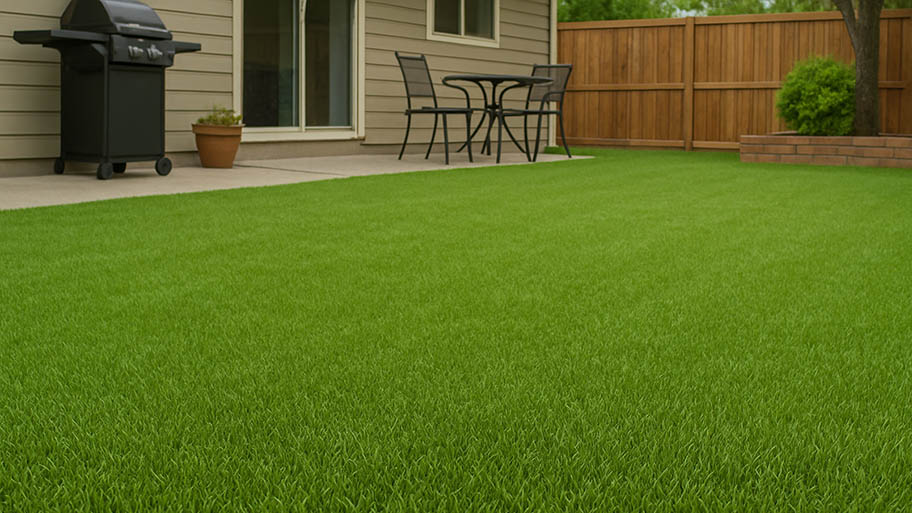
Artificial grass is a low-maintenance alternative to traditional turf. Learn how much artificial grass installation costs and what affects your price.
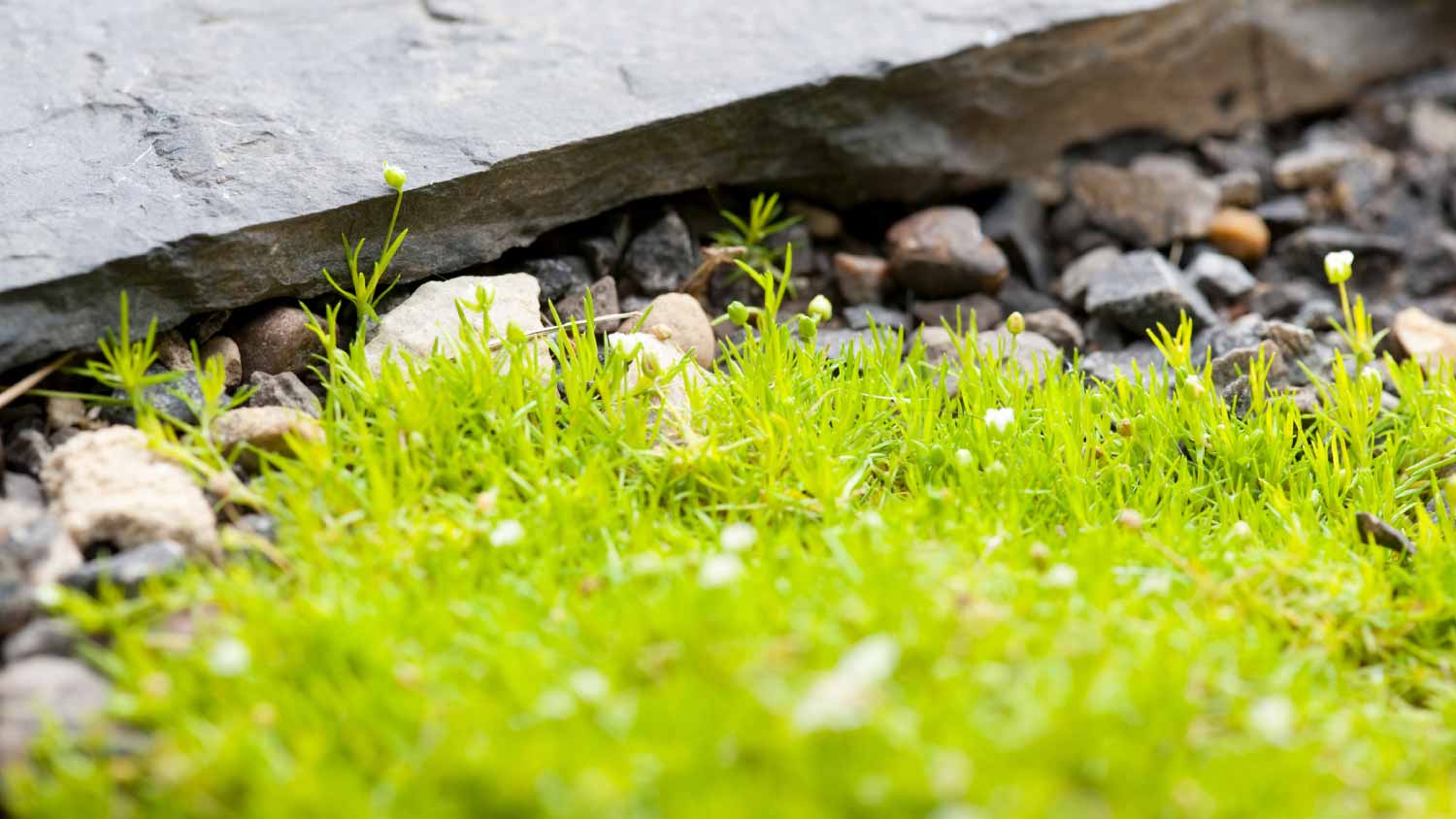
Why is moss growing in your lawn? Learn what makes moss grow and how you can get rid of it and make your lawn the envy of your neighbors.

Pulling weeds by hand is an effective way to remove weeds, but you’ll want some tips and tricks up your sleeve to make regular weeding an easier chore.

Bermuda grass and Kentucky bluegrass thrive under different conditions. Find out more about Bermuda grass vs. Kentucky bluegrass.